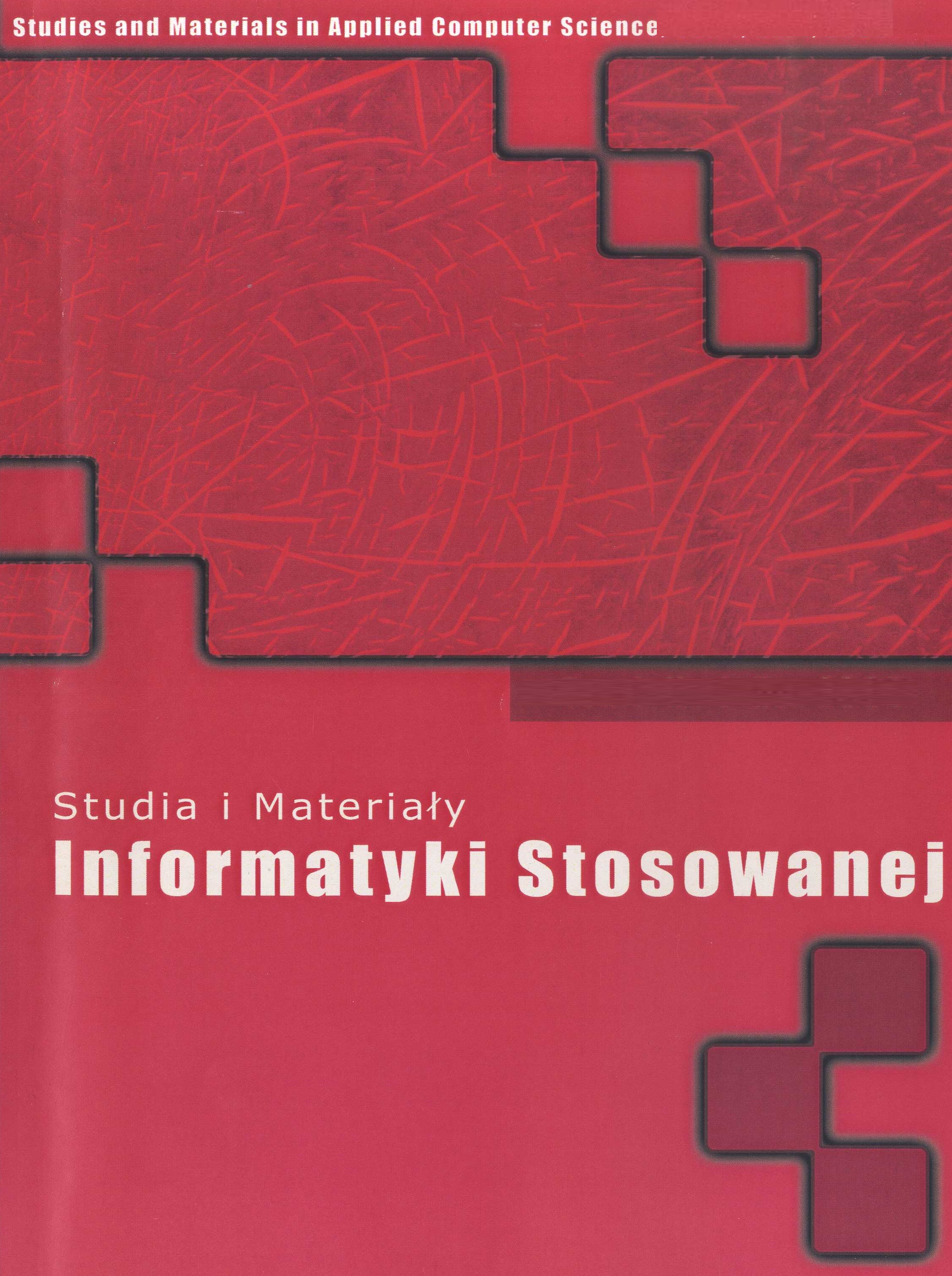Dwie twarze struktury przestrzennej białek – zastosowanie wiedzy o białkach samoistnie nieuporządkowanych w racjonalnym projektowaniu leków
DOI:
https://doi.org/10.34767/SIMIS.2013.10.01Słowa kluczowe:
elementy rozpoznawania molekularnego, oddziaływania białko białko, fałdowanie białek, cechy sekwencji aminokwasowej białekAbstrakt
Białka są podstawowymi składnikami żywych komórek. Prawidłowe rozumienie cech ich struktury przestrzennej jest kluczowe dla zrozumienia ich funkcjonowania w organizmach żywych. Białka mogą przebywać w czterech wyróżnionych stanach organizacji struktury przestrzennej: uporządkowanym, stopionej globuli, pre-stopionej globuli i kłębka statystycznego. Funkcje białek mogą być związane z każdym tych stanów, a co ważniejsze, z przejściami pomiędzy tymi stanami. Znacząca liczba białek w przyrodzie zbudowana jest z mieszaniny rejonów uporządkowanych oraz samoistnie nieuporządkowanych, które pełnią ważne role w procesach przekazu sygnału, regulacji cyklu komórkowego i wielu innych. Standardowe podejście do racjonalnego projektowania leków nie sprawdza się w przypadku białek samoistnie nieuporządkowanych (IDPs) i wymaga zmodyfikowanej strategii postępowania. Jednym z atrakcyjnych celów terapeutycznych dla przemysłu farmaceutycznego są krótkie fragmenty łańcucha aminokwasowego pełniące funkcje elementów rozpoznawania molekularnego (MoRFs), które porządkują swoją strukturę w różnorodnych i licznych oddziaływaniach z innymi białkami. Charakterystyczną cechą MoRFs-ów jest ich częste występowanie w rejonach samoistnie nieuporządkowanych łańcucha polipeptydowego.
Bibliografia
Ashbaugh HS, Hatch HW: Natively unfolded protein stability as a coil to globule transition in charge/hydropathy space. Journal of the American Chemical Society 2008, 130:9536–9542.
Uversky VN: Natively unfolded proteins: a point where biology waits for physics. Protein science : a publication of the Protein Society 2002, 11:739–756.
Uversky VN, Dunker a K: Understanding protein non folding. Biochimica et biophysica acta 2010, 1804:1231–1264.
Uversky VN: Intrinsically disordered proteins from A to Z. The international journal of biochemistry & cell biology 2011, 43:1090–1103.
Uversky VN: Multitude of binding modes attainable by intrinsically disordered proteins: a portrait gallery of disorder based complexes. Chemical Society reviews 2011,40:1623–1634.
Vacic V, Oldfield CJ, Mohan A, Radivojac P, Cortese MS, Uversky VN, Dunker AK: Characterization of molecular recognition features, MoRFs, and their binding partners. Journal of proteome research 2007, 6:2351–2366.
Mittag T, Kay LE, Forman Kay JD: Protein dynamics and conformational disorder in molecular recognition. Journal of molecular recognition : JMR 2010, 23:105–116.
Cheng Y, LeGall T, Oldfield CJ, Mueller JP, Van Y YJ, Romero P, Cortese MS, Uversky VN, Dunker a K: Rational drug design via intrinsically disordered protein. Trends in biotechnology 2006, 24:435–442.
Tompa P, Fuxreiter M: Fuzzy complexes: polymorphism and structural disorder in protein protein interactions. Trends in biochemical sciences 2008, 33:2–8.
Mandal S, Moudgil M, Mandal SK: Rational drug design. European journal of pharmacology 2009, 625:90–100.
Wang J, Cao Z, Zhao L, Li S: Novel Strategies for Drug Discovery Based on Intrinsically Disordered Proteins (IDPs). International journal of molecular sciences 2011,12:3205–19.
Metallo SJ: Intrinsically disordered proteins are potential drug targets. Current opinion in chemical biology 2010, 14:481–488.
Dunker a K, Uversky VN: Drugs for “protein clouds”: targeting intrinsically disordered transcription factors. Current opinion in pharmacology 2010, 10:782–788.

